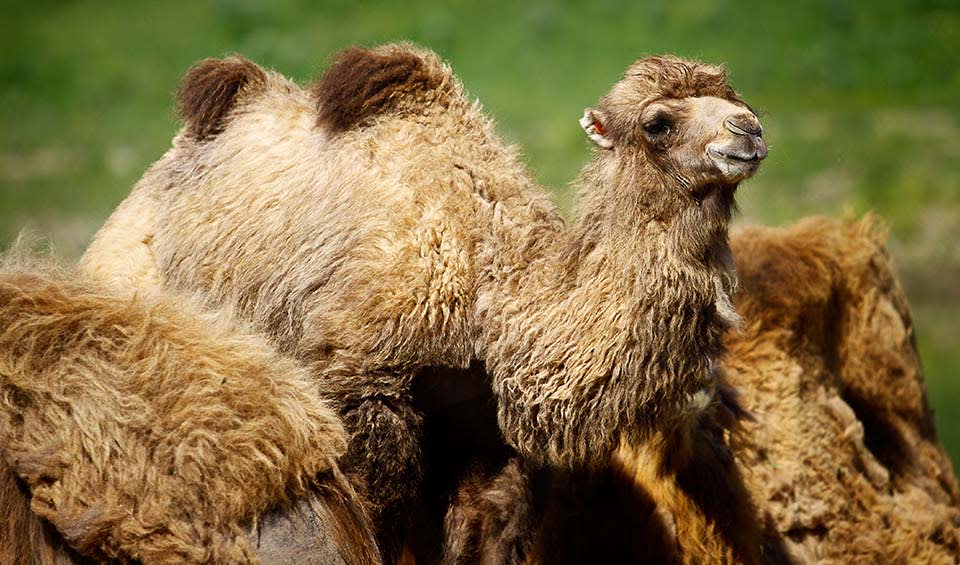A magnificent creature that traces its common name to the ancient historical region of Bactria—now part of modern-day Afghanistan, Tajikistan, and Uzbekistan—stands as a testament to the resilience and adaptability of life in Earth’s most extreme environments. As the largest living camel species, the Bactrian camel is distinguished not only by its impressive size but also by the characteristic two humps on its back, a feature that sets it apart from its one-humped cousin, the dromedary camel.
Contrary to popular belief, the humps of the Bactrian camel store fat, not water, serving as a vital reserve of energy that can be metabolized when food is scarce. This adaptation is crucial for survival in their native habitats, which encompass some of the most arid and inhospitable terrains on the planet, including the cold deserts of Central Asia. The Bactrian camel’s woolly coat, which can range in color from sandy beige to dark brown, is another remarkable adaptation. This dense, shaggy coat provides insulation against the extreme temperature fluctuations of their environment—temperatures that can soar to 37.8°C (100°F) in the summer and plummet to -28.9°C (-20°F) in the winter. As the seasons change, the camels shed their winter coats to avoid overheating, showcasing their remarkable ability to adapt to their surroundings.
The physical adaptations of the Bactrian camel extend beyond their humps and coat. Their sealable nostrils, bushy eyebrows, and long eyelashes offer critical protection from the pervasive dust and sand of desert sandstorms. These features not only safeguard the camels’ eyes and respiratory system from fine particulate matter but also symbolize the evolutionary ingenuity that has allowed these animals to thrive in such challenging conditions.
Distribution
 China
China Kazakhstan
Kazakhstan Official estimate
Official estimate
 Mongolia
MongoliaDid you know?
- Eating snow regularly to fulfill their water needs and rarely sweat to conserve water.
Anything we've missed?
Help us improve this page by suggesting edits. Glory never dies!
Suggest an editGet to know me
Terrestrial / Aquatic
Altricial / Precocial
Polygamous / Monogamous
Dimorphic (size) / Monomorphic
Active: Diurnal / Nocturnal
Social behavior: Solitary / Pack / Herd
Diet: Carnivore / Herbivore / Omnivore / Piscivorous / Insectivore
Migratory: Yes / No
Domesticated: Yes / No
Dangerous: Yes / No




